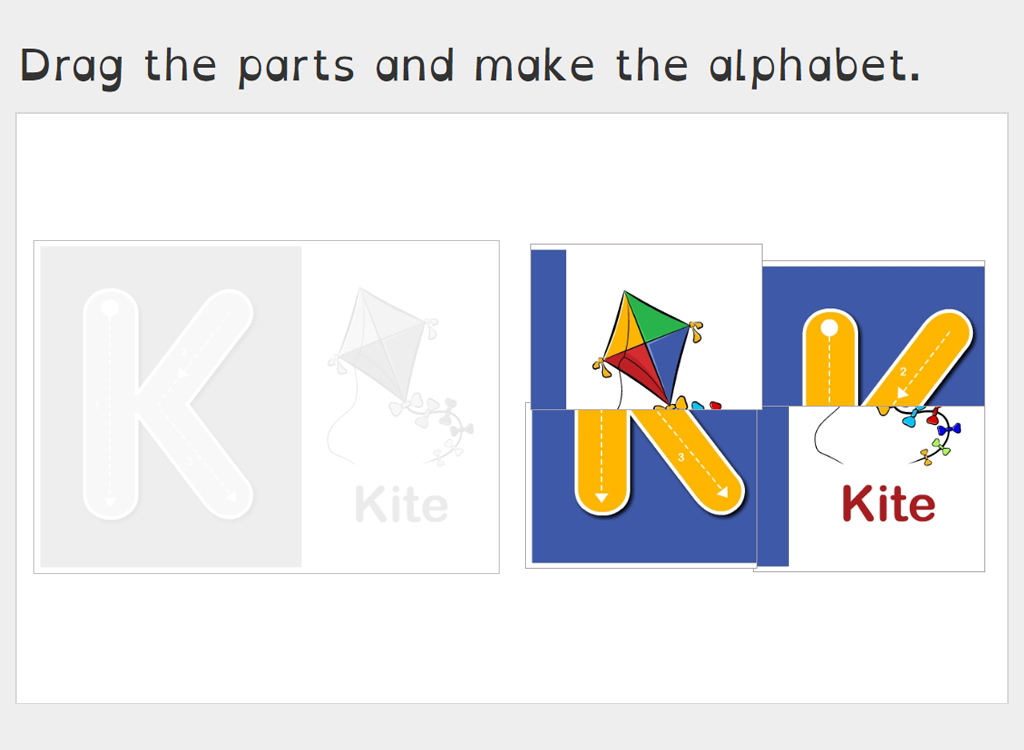Alphabetic Jigsaw Puzzles
This activity is for those children who struggle to recognize alphabets. One reason for this could be their poor visual memory. We learn through visual (seeing), auditory (hearing), tactile (touching) and kinaesthetic (moving) styles of learning.This activity uses all the four modes of learning. It enhances the visual memory of the child. The other modes of learning help to reinforce the image of the letters.
The letters of the alphabets are cut into several pieces. The child has to drag these pieces to make the letter. Image of an object that goes with the alphabet is provided. Example: O for orange. The image of the object is also presented in the form of jigsaw puzzle. The name of the image is also given. When the child completes the activity, she/he can hear the alphabet and the name of the image. Arrow marks are provided in each letter to show how the letters are to be written. Two examples of the completed puzzles are given below.
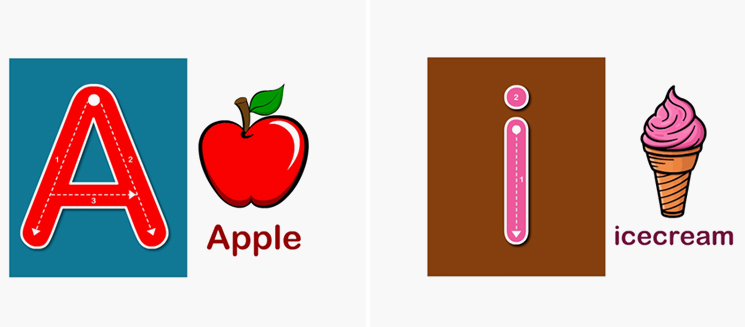
A faint outline of the letter and the image of the object are provided.The pieces of the puzzle are to be dragged to the right places and this is kinaesthetic learning. When the child completes the activity she/he hears the letter and the name of the image.Examples: h for hen, c for cat, d for dog. The child’s auditory sense comes into play. Finally the child can trace the letter with his finger on the monitor of the computer- tactile learning.
How is the activity organised?
There are four levels in this activity.The details of the levels are given below.
|
level |
type of letter |
number of pieces in the puzzle |
|
Level one |
Only uppercase letters |
four pieces |
|
Level two |
Only lowercase letters |
six pieces |
|
Level three |
Both upper and lower case letters |
eight pieces |
|
Level four |
Both upper and lower case letters |
twelve pieces |
Some parents do not know the difficulties of their children. They are often surprised when teachers or others point out the shortcomings of their children. Some children may have difficulty in recognising the alphabets. This may be the root cause behind their struggle in reading and writing.
This activity helps the parents to know if their child has problems in identifying letters. Practising this activity would help a struggling child to recognize alphabets.
Tips for you, parents
- Do not insist on writing the alphabets in order. This is a common mistake some parents make. Some children find it difficult to write alphabets in order. If your child has problems in writing alphabets in order, simply ignore it. Understand that your child has difficulty with sequences. Children who have difficulty with sequencing would also find it difficult to write the alphabets backwards from z to a. This too can be ignored. Some children cannot tell immediately what letter comes next. They may have to recite all the alphabets up to h, if they are to answer the question, “What comes after h?” Be patient and give your child enough time to answer your questions. These problems are best overlooked as the child may get over these over a period of time. Instead of remedying the above issues, concentrate on teaching children the sounds letters make and how to read and write them.
The most important thing is to understand the thinking process of your kid.
- Teach lower case letters first.As the child handles more of lowercase letters, it is better to teach lowercase letters first.
- Which letters to teach first?
Alphabet songs are available and one view is to teach the letters in the order of a b c d e f..... . . . x y z.
The Montessori Method of teaching alphabets does not follow the order of the alphabets to teach children letters. It uses phonetic method to teach alphabets.Children are also encouraged to use all the senses.
Even in the Montessori Method, there are many orders of teaching letters. One order of teaching alphabets is:
s
m
t
a
p
f
c
r
b
l
i
g
n
d
h
j
k
w
o
u
v
y
z
x
q
e
To know more, search the internet. Search: Montessori Method of teaching alphabets.
- Use plastic (acrylic) letters.
Use three dimensional letters to teach alphabets. These can be purchased online or from a toy store. The advantage is that the children can feel the shape of the letters. Buy both lowercase and uppercase letters.
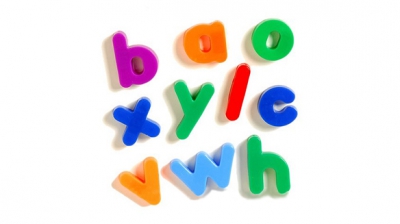
These are especially useful for children who have difficulty in writing.
- More strategies for a struggling
- learning through movements
- Make your child write letters in air with the index finger. This is known as sky writing.

- Ask your child to make models of alphabets using objects like seed, beads etc.
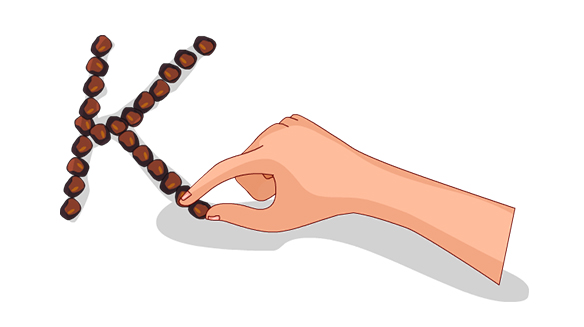
- Can your child use scissors? Letters can be made by cutting papers.
- Make your child write letters in air with the index finger. This is known as sky writing.
- learning through touch
Encourage your child to write letters on sand.
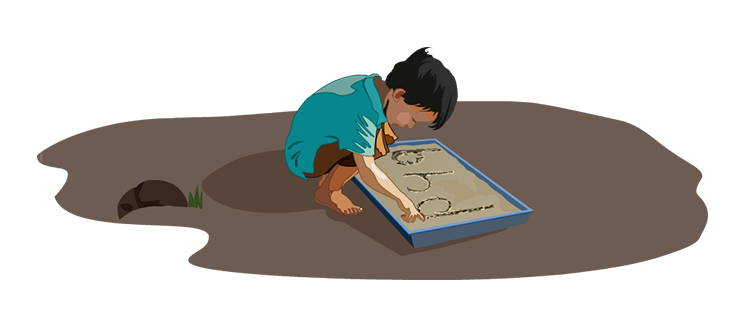
- learning through sound. Use alphabetical songs. Videos are available in the internet.
- learning through movements
- Writing on a board
It is a good idea to buy a board for your child. The advantage of writing on a board is that the child can write the alphabets in big size. This writing over a large surface helps the brain to recognize the letters and store the image of these letters. Vertical writing also improves visual memory.
- Fluency reading charts for alphabets.
You can prepare several charts for making your child fluent in reading letters. Two examples are given below: In the first example only lowercase letters are used. In the second example both lowercase and uppercase letters are used.
h
k
o
a
h
a
u
a
e
s
m
u
s
e
o
s
d
k
o
e
h
u
h
k
o
m
s
k
m
d
d
u
a
b
e
r
u
J
i
b
P
c
y
c
b
M
c
S
r
u
P
y
i
J
u
M
J
i
G
r
M
i
y
b
M
u
P
y
H
J
- Fluency in writing alphabets
Find out how many different alphabets your child can write in 30 seconds. You can direct to write only lowercase letters. Next time ask the child to write uppercase letters only. Next allow the child to write both uppercase and lowercase letters. The child cannot write an alphabet more than once. This is a good exercise to speed up the brain.
The internet offers plenty of ideas on teaching alphabets to children. You can also use videos available in the net to teach your child. Many toys are available to teach alphabets and numbers to children. These can be bought from a toy store or you can buy these online. Magnetic slates are available for learning alphabets and numbers.

